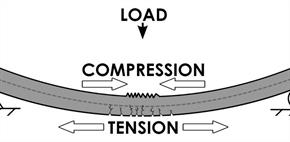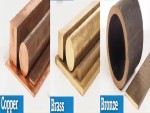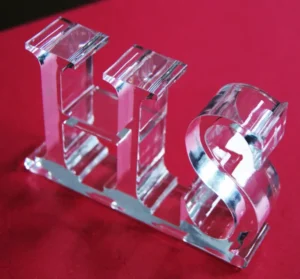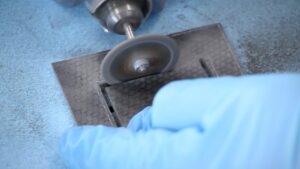What is surface roughness?
Surface roughness is the tiny distance between two crests or two troughs. It can be understood as the unevenness of the fine spacing and tiny peaks and valleys in the process of manufacturing products. In general, the wave spacing is within 1mm or less.
When we evaluate the roughness, it will have a baseline, the highest point above the baseline is called the crest point, and the lowest point below the baseline is called the trough point. And the height between the crest and trough is expressed by Z, and the spacing of the micro-texture of the processed product is expressed by S.
Surface roughness evaluation parameters
Ra – the absolute average value of the contour deviation within the sampling length L.
Rz – the sum of the average of the 5 largest contour peak heights and the average of the 5 largest contour valley depths within the sampling length.
Ry– the distance between the contour peak line and the contour valley bottom line in the sampling length L.
Usually, the default is Ra if Ra /Rz /Ry is not marked in the symbol.
Surface roughness measurement method
- Roughness sample comparison method
- Impression method measurement
- Stylus method measurement
- Light cutting method measurement
- Interferometry measurement
- Scattering method measurement
- Optical Probe Method
Factors affecting surface roughness
The roughness of the part surface is formed during the machining process, which is very negative for the normal use of the part. The factors that cause the surface roughness of the product parts are mainly as follows.
Tool geometry
The tool is used to cut the part, and the contact between the tool and the part is the most complete during the cutting process. Therefore, the geometry of the tool has a very important influence on the surface roughness of the part.
Plot aneurysm clipping
Plot aneurysm clipping refers to the accumulation of metal that falls from the workpiece during metal cutting to the front tool face. In addition plot aneurysm clipping is likely to fall to the surface of the workpiece.
Workpiece material
Some workpiece materials are not suitable for cutting, then in the process of cutting, it is likely to have more serious damage, which will make the workpiece performance greatly reduced.
Processing conditions
It is easy for the plot aneurysm clipping to occur when machining in middle speed. so the middle speed should be avoided, and the cutting speed should be increased or decreased reasonably according to the actual requirement.
Vibration
Vibration also happens during machining, which creates ripple-like marks on the surface of the workpiece.
What is the major impact on the part of Surface roughness?
- Wear resistance, the rougher the surface, the faster the wear.
- The stability of the fitting, the rougher the surface, the easier it is to wear, so that the gap gradually grows during the work.
- The fatigue strength, corrosive gases or liquids could penetrate easily into the inner metal layer through the microscopic valleys on the surface and cause surface corrosion.
- The sealability, Rough surface can not be tightly fit, so gas or liquid leak through the gap.
- The contact stiffness, Contact stiffness is the ability of the joint surface of parts to resist deformation under external force.
- The measurement accuracy,The surface roughness of the measured the part and measuring tool will directly affect the accuracy of the measurement.
How to Improve Surface Roughness
- To choose the appropriate tool geometry.
- Before machining, make sure that the workpiece and tool are free of plot aneurysm clipping, and deal with the new plot aneurysm clipping as soon as possible.
- Select the correct workpiece material with high quality.
- Control the processing speed and avoid the medium machaning speed.
How to Selection of Surface Roughness Standard?
The selection of surface roughness parameters should not only meet the functional requirements of the surface of the part, but also consider economic rationality. On the premise of meeting the functional requirements, the cost could be reduce by choosing a larger surface roughness parameter value.
The working surface, such mating surface, sealing surface, friction surface with high movement speed and unit pressure require the smoothness of the surface, so the parameter value should be smaller.
The non-working surface, such as non-fitting surface and surface with low dimensional accuracy, donest need good smoothness, so the parameter value should be higher.






